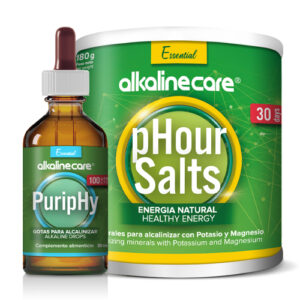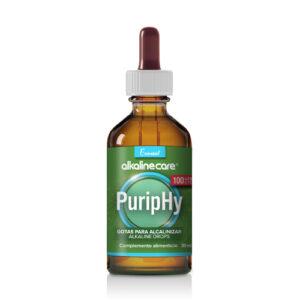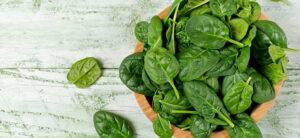Chemical pesticides are linked to several diseases, including reproductive abnormalities, endocrine disorders, and neurological problems. In this article, you will learn how to properly clean fruits and vegetables.
Both fruits and vegetables receive a large amount of pesticides during their growing process, not to mention that they are also exposed to dirt and animal waste that can contain dangerous bacteria such as Escherichia coli (better known as E. Coli), or Salmonella. . Hence the importance of cleaning and disinfecting them before consumption, so that it is safer to take them into our body.
How to properly clean fruits and vegetables
The ingestion of pesticides can generate serious health problems and cause different types of injuries depending on each stage of life. During the development of the fetus, it presents the most serious problems, since the effect of these chemicals can cause malformations or hormonal problems. On the other hand, in adults it accumulates inflammatory micro processes (mainly in the liver) that can end in serious illnesses.
But they not only affect us, people, but also the environment and the living beings that inhabit it. Chemicals found in fertilizers, such as nitrogen and phosphorus, enter waterways during rainy seasons. This causes the proliferation of algae in the water which then dies, increasing the bacteria content. As a result of water pollution, fish die, which affects other animals that feed on them. In addition, pesticides kill insects indiscriminately, which destroys insects that are beneficial to plants and are a food source for other species.
However, there is hope in all this since there is increasing concern about it and there is a commitment to produce and consume ecological and organic products free of pesticides or using organic and natural pesticides and fertilizers. Some farmers adopt organic methods of pest control, such as incorporating natural predators and using plant extracts to repel insects. These methods reduce the negative effects of pesticides on human health and the environment.
Knowing how to effectively clean the vegetables that we are going to eat to free them from this large amount of chemicals will be of great help to nourish our body in a 100% healthy way.
Different ways to properly wash fruits and vegetables
- The first thing you can do to clean your fruits and vegetables is to put them under running water or in a container filled with water. This method is not 100% effective in removing pesticide residues, but it has an abrasive effect that can eliminate much of these toxic substances.
- Some fruits and vegetables can be cleaned with the help of a brush, rubbing them gently so that residue and dirt can be completely removed. You can apply this technique with potatoes, sweet potatoes, carrots, cucumbers, or apples, among others.
- Another very effective trick to eliminate toxic residues from fruits and vegetables is to remove the skin completely. Although sometimes many of the nutrients are present in it, we must also keep in mind that this is the part that is most affected by pesticides.
- Never wash fruits and vegetables before storing them. This can make them decompose more easily, since humidity creates a perfect environment for bacteria and microorganisms. Always clean your fruits and vegetables before consuming them, preferably with warm water for best results.
- Add a tablespoon of pHour Salts to a liter of water and mix well. When you have this natural disinfectant ready, submerge the fruits and vegetables for a few minutes and rub them well to completely eliminate the bacteria.
- Apple cider vinegar is another good option. Simply dilute a glass of apple cider vinegar in a liter of water and wash food with this mixture.
- Add the juice of one lemon and 8 drops of PuripHy to 1 liter of water. Mix it well and soak your fruits and vegetables for 15-20 minutes in this mixture.
- Eliminate external leaves that may be damaged or in poor condition since bacteria grow quickly in those places.













